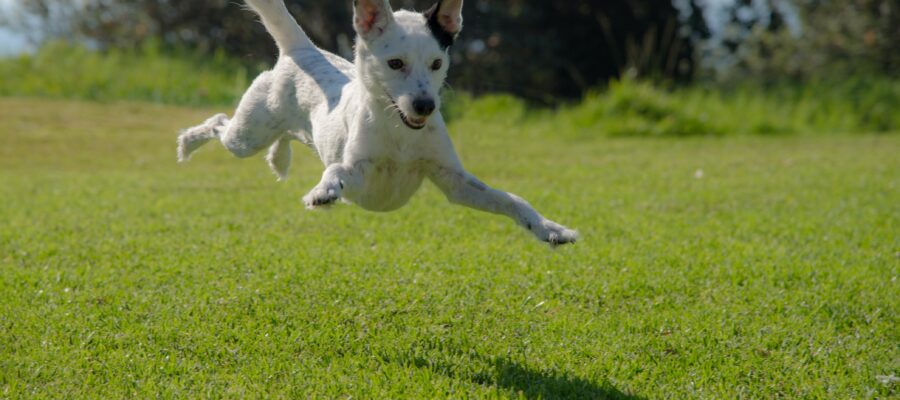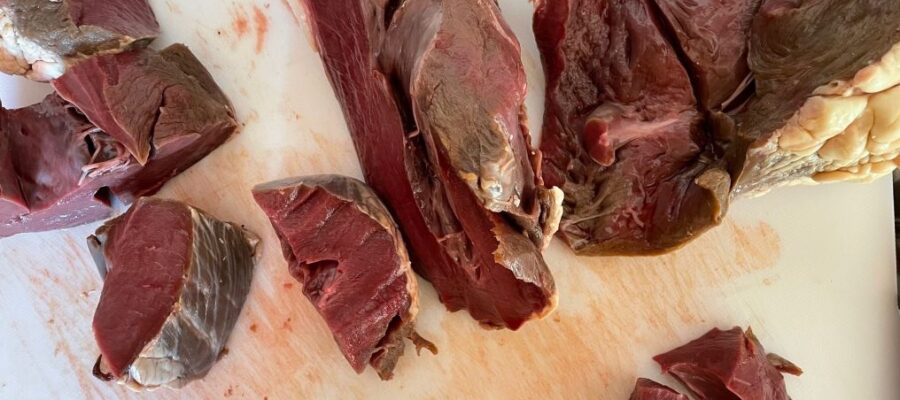
Canine Cuisine: Navigating the Do’s and Don’ts of Human Foods for Your Dog
Our canine companions often share our meals, but not all human foods are safe for them. In this in-depth guide, we’ll explore what foods dogs can and cannot eat, shedding light on potential allergies. Understanding these nuances is crucial for providing a healthy and safe diet for your furry friend.
1. Can Dogs Eat This? A Guide to Dog-Friendly Human Foods:
- Lean Proteins: Explore the world of dog-friendly proteins such as cooked chicken, turkey, and lean beef. These sources provide essential amino acids for muscle health.
- Fruits: Delve into the colorful realm of fruits like apples, blueberries, and watermelon that offer vitamins and antioxidants, enhancing your dog’s overall well-being.
- Vegetables: Uncover nutrient-packed veggies like carrots, green beans, and sweet potatoes, providing a healthy crunch and a dose of essential vitamins.
2. The Forbidden Feast: Human Foods Dogs Should Avoid:
- Chocolate: Navigate the dangers of chocolate, a toxic treat that contains theobromine and caffeine, leading to severe health issues in dogs.
- Grapes and Raisins: Explore why these seemingly innocent snacks can be harmful, potentially causing kidney failure in dogs.
- Onions and Garlic: Unveil the hidden threats of onions and garlic, which can damage a dog’s red blood cells, leading to anemia.
3. Unmasking Canine Allergies: Identifying Food Sensitivities in Dogs:
- Common Allergens: Delve into potential allergens such as dairy, wheat, and certain proteins, understanding how they can trigger allergic reactions in dogs.
- Signs of Allergies: Recognize the symptoms of food allergies, from itching and gastrointestinal upset to more severe reactions, empowering you to seek timely veterinary care.
4. Tailoring Your Dog’s Diet: Crafting a Safe and Wholesome Menu:
- Consulting Your Vet: Understand the importance of consulting with your veterinarian to tailor a diet that aligns with your dog’s specific health needs and potential allergies.
- Transitioning Diets Safely: Learn the art of transitioning your dog’s diet gradually to avoid digestive upset and allow them to acclimate to new foods.
In the intricate world of canine cuisine, knowledge is key. Armed with insights into what foods dogs can and cannot eat, along with an understanding of potential allergies, you can curate a safe, nutritious, and tail-waggingly delicious menu for your four-legged friend. Always consult with your veterinarian to ensure a diet that caters to your dog’s unique needs and keeps their health at the forefront.
-
Sale Product on sale
 Dog Food Seasoning - Beef Heart
Dog Food Seasoning - Beef Heart$17.99Original price was: $17.99.$10.95Current price is: $10.95. - or subscribe and save up to 20%Rated 5.00 out of 5 based on 17 customer ratings
Popular Posts
-

Signs That Your Dog Needs a Meal Supplement
By chowpow / April 27, 2023 -

A Guide to Joint Health for Dogs – What To Look For, And How You Can Help
By chowpow / January 15, 2024 -

Is Beef Heart Good For Dogs? A Hearty “Yes” for This Superfood!
By chowpow / May 9, 2023
All categories
- Community & Events (9)
- Dog Breed Spotlight (28)
- Dog Grooming (4)
- Dog Health (32)
- Dog Nutrition (52)
- Pet News (13)


